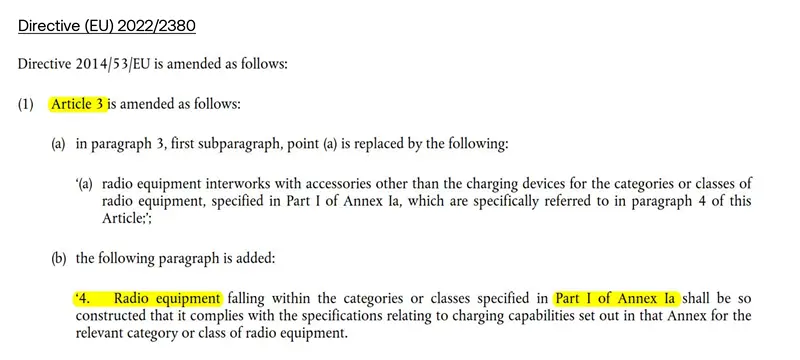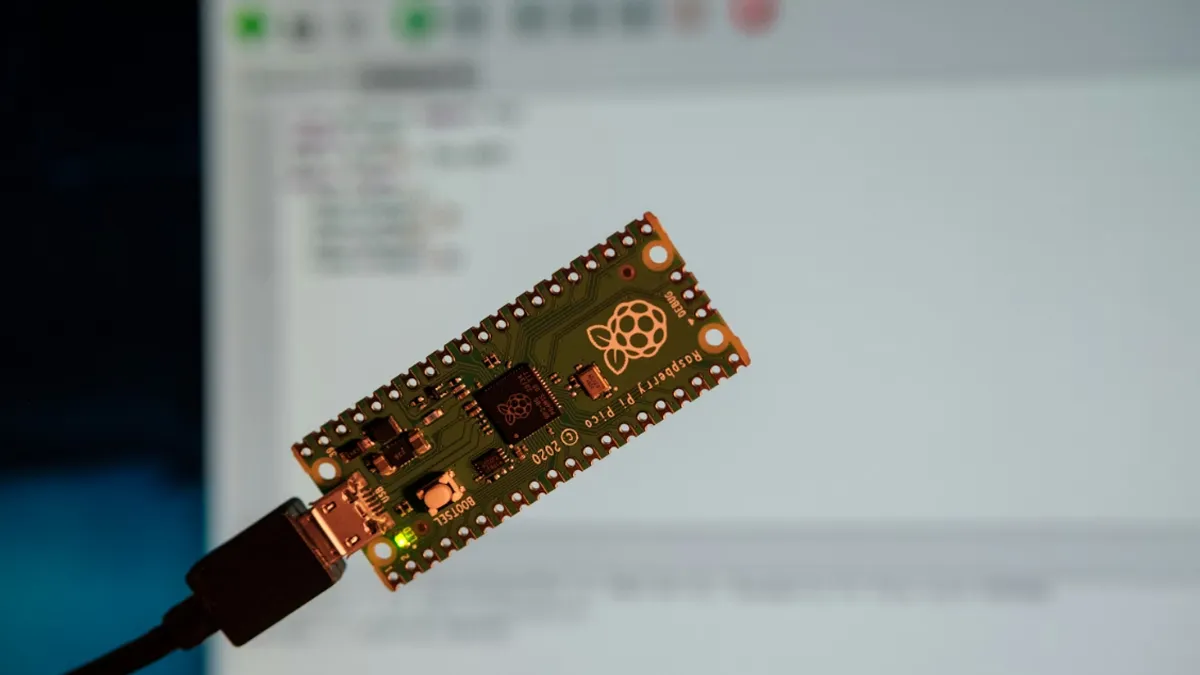
Type C Interface EN62680-1 Testing
Background Introduction:
Due to inconsistent charging interface specifications across electronic devices, users face inconvenience, and significant electronic waste is generated. To enhance convenience and REDuce e-waste, the industry voluntarily reduced the number of mobile phone charging interface types from around 30 to just 3 starting in 2009.
To further standardize interfaces, the European Union officially released Directive (EU) 2022/2380 on December 7, 2022. This directive amends the Radio Equipment Directive (RED) 2014/53/EU by adding specific implementation requirements for universal charging interfaces under clause 3.4. This marks a shift from voluntary to mandatory requirements for unified charging ports and protocols.
Clause 3.4 – Summary of the Common Charger Directive:
1. Two amendments to RED introduce the concept of “universal charging.”
2. Directive (EU) 2022/2380 sets requirements for a universal charging solution.

3. Delegated RegULation (EU) 2023/1717 updates the technical references for wired charging standards.

Key Standards:
IEC/EN 62680-1-2:2022 (USB Power Delivery Specification):
- Defines a fast-charging protocol based on the CC channel in the USB Type-C connector.
- Enables power and peripheral devices to negotiate and adjust voltage, current, and charging direction.
- Specifies detailed requirements across electrical characteristics, physical layer, protocol layer, system policies, state machines, and power rules.
IEC/EN 62680-1-3:2022 (USB Type-C Cable and Connector Specification):
- Covers Type-C connectors, cables, and functional protocol aspects.
- Describes device roles, power delivery capabilities, handshake protocols, and state machine definitions.
- Includes specific chapters for USB4 support and active cable specifications.
Scope of Application:
The revised directive applies to 13 categories of radio equipment:
1. Handheld mobile phones
2. Tablets
3. Digital cameras
4. Headphones
5. Headsets with MICrophones
6. Handheld videogame consoles
7. Portable speakers
8. E-readers
9. Keyboards
10. Mice
11. Portable navigation systems
12. Earbuds
13. Laptops
Implementation Timeline:
- Categories 1–12 must comply by December 28, 2024.
- Laptops must comply by April 28, 2026.
Requirements for Covered Devices:
For devices that can be charged via cable:
- Must include a USB Type-C receptacle compliant with EN IEC 62680-1-3:2022. This receptacle must remain easily accessible and operable.
- Must be able to charge using a cable compliant with EN IEC 62680-1-3:2022.
For devices supporting fast charging (i.e., charging at >5V, >3A, or >15W):
- Must comply with the USB Power Delivery protocol defined in EN IEC 62680-1-2:2022.
- Any additional charging protocols must offer full USB PD functionality as described in EN IEC 62680-1-2:2022, regardless of the charging equipment used.
Frequently Asked Questions:
1. Does RED define the term “universal charger”?
No. RED does not directly define "universal charger." It sets interoperability requirements for wired charging across certain classes of radio equipment. The concept is more explicitly addressed in Regulation 2019/1782 (regarding eco-design for external power supplies), with a revised version expected in early 2025.
Proposed regulatory actions include:
- Labeling and pictograms to inform consumers.
- Extending universal charger rules beyond RED-covered devices.
- Banning the sale of non-compliant proprietary chargers alongside RED devices.
2. Do RED rules introduced by the directive apply only to rechargeable devices?
Yes. The rules apply to:
a) Equipment listed in Annex Ia, Part I;
b) Devices with removable or built-in rechargeable batteries;
c) Devices that support wired charging.
3. Are devices using non-rechargeable batteries (e.g., AA batteries) covered?
No, such devices are not included in the scope.
4. Are products designed specifically for commercial or industrial use exempt?
No blanket exemption exists in RED. However, Article 14 of the directive clarifies that digital cameras designed for the audiovisual or surveillance industries are not required to integrate a universal charging solution.
5. Can proprietary charging interfaces be used alongside USB-C?
Yes. The directive only mandates inclusion of a USB-C port for covered devices. Additional charging interfaces are allowed as long as the device includes a USB-C interface that meets compliance requirements.
Email:hello@jjrlab.com
Write your message here and send it to us
 Infant Support Pillow 16 CFR 1243/1242 & ASTM
Infant Support Pillow 16 CFR 1243/1242 & ASTM
 BRM Registration Card Under CFR Part 1130 Regulati
BRM Registration Card Under CFR Part 1130 Regulati
 How to get a D-U-N-S® Number for US FDA Registrati
How to get a D-U-N-S® Number for US FDA Registrati
 Household Massage Devices Compliance in the China
Household Massage Devices Compliance in the China
 Compliance for the Global In Vitro Diagnostic (IVD
Compliance for the Global In Vitro Diagnostic (IVD
 Compliance Guide for Nebulizers in European and Am
Compliance Guide for Nebulizers in European and Am
 Cybersecurity Certification Service for EU RED Dir
Cybersecurity Certification Service for EU RED Dir
 ANATEL Certification Compliance Guide for Brazil M
ANATEL Certification Compliance Guide for Brazil M
Leave us a message
24-hour online customer service at any time to respond, so that you worry!




